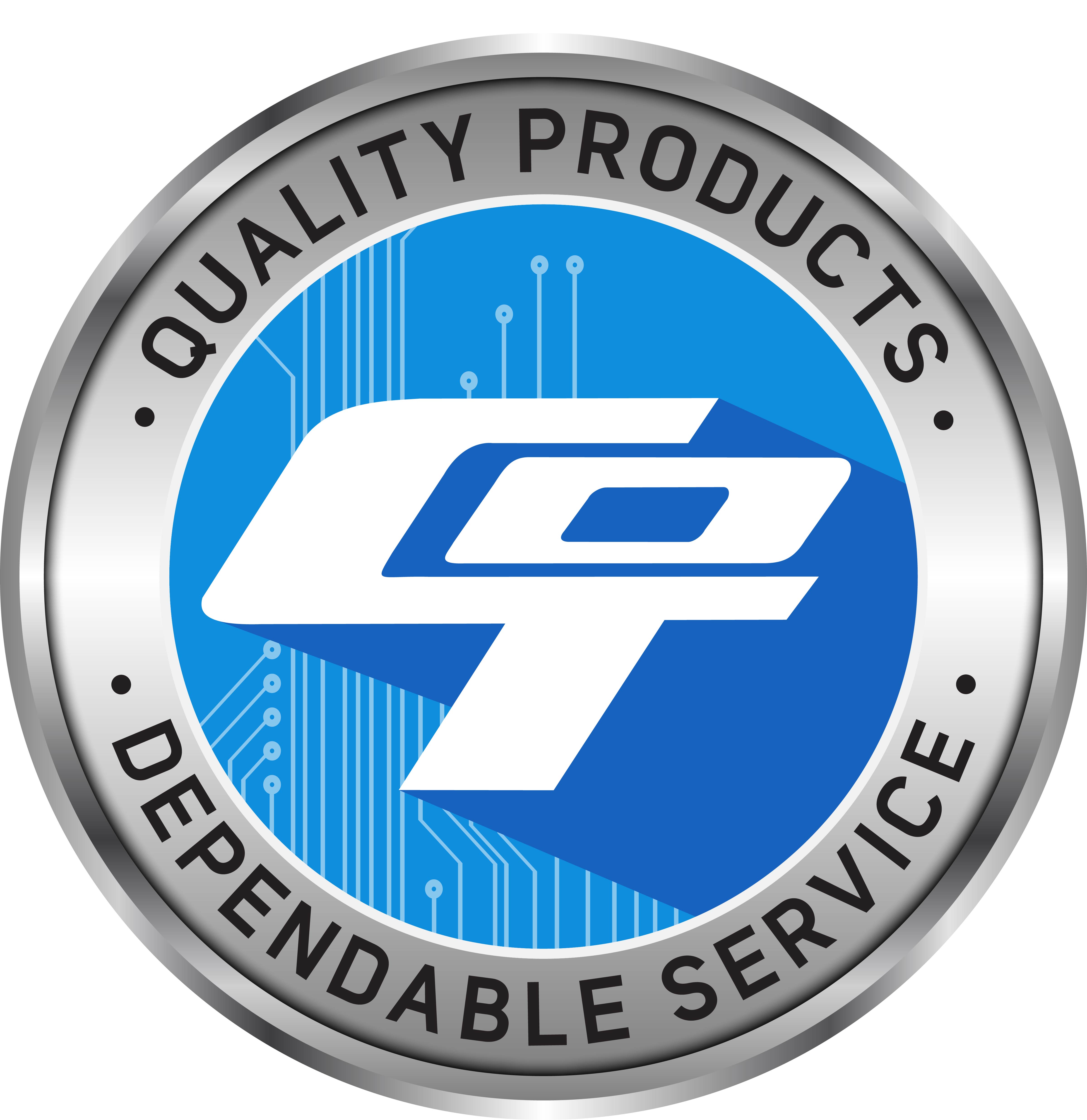Technical Library | 2015-12-23 16:57:27.0
The onset of copper barrel cracks is typically induced by the presence of manufacturing defects. In the absence of discernible manufacturing defects, the causes of copper barrel cracks in printed circuit board (PCB) plated through holes is not well understood. Accordingly, there is a need to determine what affects the onset of barrel cracks and then control those causes to mitigate their initiation.The objective of this research is to conduct a design of experiment (DOE) to determine if there is a relationship between PCB fabrication processes and the prevalence of fine barrel cracks. The test vehicle used will be a 16-layer epoxy-based PCB that has two different sized plated through holes as well as buried vias.
Technical Library | 2021-07-20 20:02:29.0
During the manufacturing of printed circuit boards (PCBs) for a Flight Project, it was found that a European manufacturer was building its boards to a European standard that had no requirement for copper wrap on the vias. The amount of copper wrap that was measured on coupons from the panel containing the boards of interest was less than the amount specified in IPC-6012 Rev B, Class 3. To help determine the reliability and usability of the boards, three sets of tests and a simulation were run. The test results, along with results of simulation and destructive physical analysis, are presented in this paper. The first experiment involved subjecting coupons from the panels supplied by the European manufacturer to thermal cycling. After 17 000 cycles, the test was stopped with no failures. A second set of accelerated tests involved comparing the thermal fatigue life of test samples made from FR4 and polyimide with varying amounts of copper wrap. Again, the testing did not reveal any failures. The third test involved using interconnect stress test coupons with through-hole vias and blind vias that were subjected to elevated temperatures to accelerate fatigue failures. While there were failures, as expected, the failures were at barrel cracks. In addition to the experiments, this paper also discusses the results of finite-element analysis using simulation software that was used to model plated-through holes under thermal stress using a steady-state analysis, also showing the main failure mode was barrel cracking. The tests show that although copper wrap was sought as a better alternative to butt joints between barrel plating and copper foil layers, manufacturability remains challenging and attempts to meet the requirements often result in features that reduce the reliability of the boards. Experimental and simulation work discussed in this paper indicate that the standard requirements for copper wrap are not contributing to the overall board reliability, although it should be added that a design with a butt joint is going to be a higher risk than a reduced copper wrap design. The study further shows that procurement requirements for wrap plating thickness from Class 3 to Class 2 would pose little risk to reliability (minimum 5 μm/0.197 mil for all via types).Experimental results corroborated by modeling indicate that the stress maxima are internal to the barrels rather than at the wrap location. In fact, the existence of Cu wrap was determined to have no appreciable effect on reliability.
Technical Library | 2015-02-19 16:54:34.0
Pad cratering is an important failure mode besides crack of solder joint as it’ll pass the regular test but have impact on the long term reliability of the product. A new pin pull test method with solder ball attached and positioning the test board at an angle of 30º is employed to study the strength of pad cratering. This new method clearly reveals the failure mechanism. And a proper way to interpret the finite element analysis (FEA) result is discussed. Impact of pad dimension, width and angle of copper trace on the strength is included. Some findings not included in previous research could help to guide the design for better performance
Technical Library | 2013-01-17 15:37:21.0
A problem exists with electroless nickel / immersion gold (ENIG) surface finish on some pads, on some boards, that causes the solder joint to separate from the nickel surface, causing an open. The solder has wet and dissolved the gold. A weak tin to nickel intermetallic bond initially occurs, but the intermetallic bond cracks and separates when put under stress. Since the electroless nickel / immersion gold finish performs satisfactory in most applications, there had to be some area within the current chemistry process window that was satisfactory. The problem has been described as a 'BGA Black Pad Problem' or by HP as an 'Interfacial Fracture of BGA Packages…'[1]. A 24 variable experiment using three different chemistries was conducted during the ITRI (Interconnect Technology Research Institute) ENIG Project, Round 1, to investigate what process parameters of the chemical matrix were potentially satisfactory to use and which process parameters of the chemical matrix need to be avoided. The ITRI ENIG Project has completed Round 1 of testing and is now in the process of Round 2 TV (Test Vehicle) build.
| 1 |

COT specializes in high quality SMT nozzles and consumables for pick and place machines. We provide special engineering design service of custom nozzles for those unique and odd components.
2481 Hilton Drive
Gainesville, GA USA
Phone: (770) 538-0411